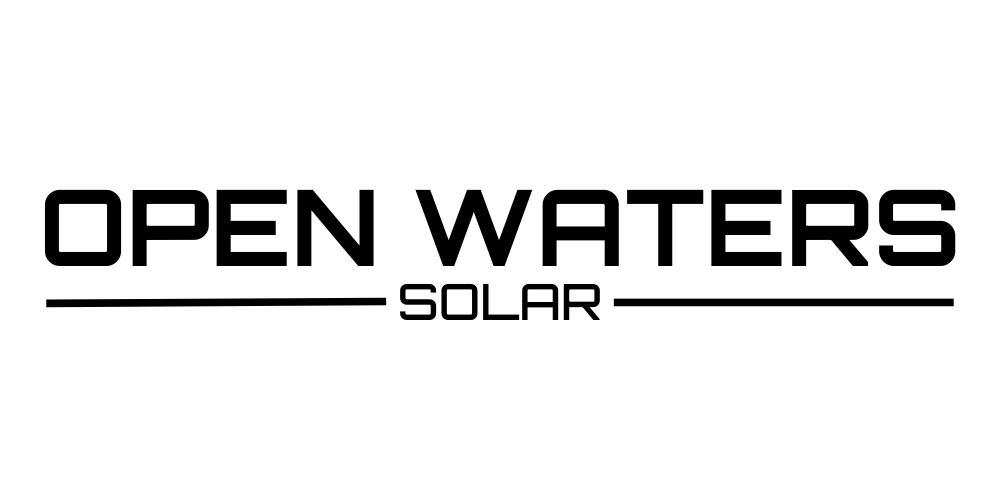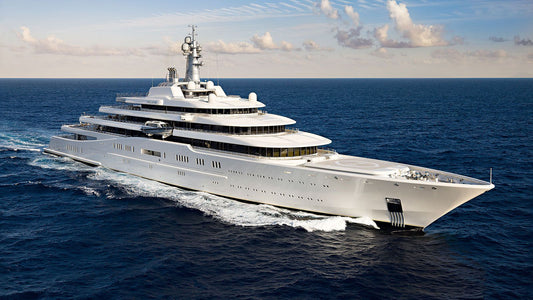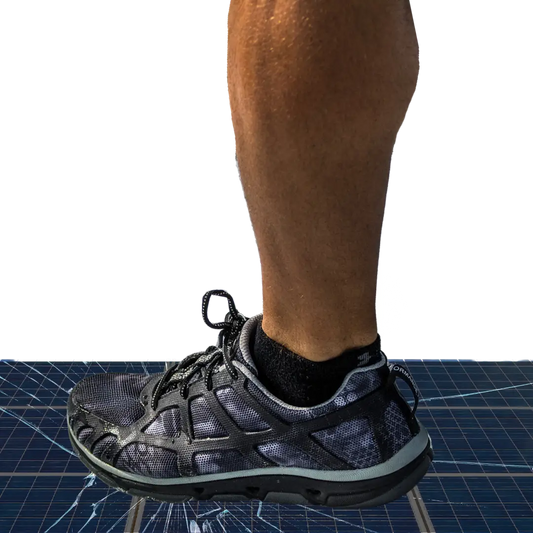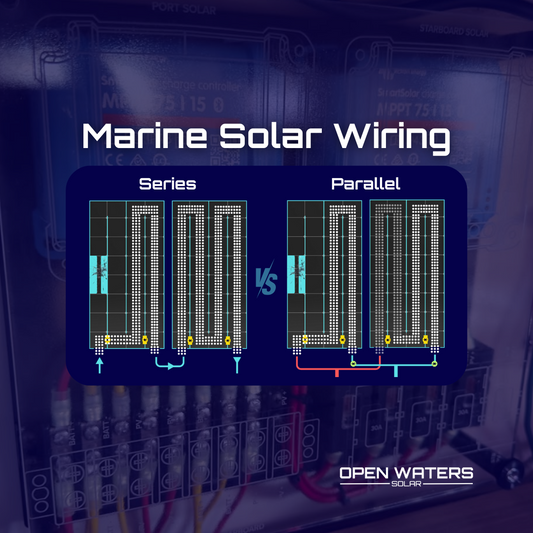Marine Solar Panels: Series vs. Parallel Wiring on your boat

Share
Solar Panels: Series vs. Parallel Wiring
Once you've found the perfect spot on your boat to install solar panels, you’re faced with an important question: should they be wired in series or in parallel?
Understanding Series and Parallel Wiring
Parallel Wiring
In a parallel configuration, the positive terminals of all panels are connected together, and the same goes for the negative terminals. This setup ensures that if one panel fails, the rest continue operating independently.
Series Wiring
In a series configuration, panels are connected end-to-end, meaning the positive terminal of one panel connects to the negative of the next. This arrangement allows voltage to increase while maintaining the same current.
Key Differences Between Series and Parallel Wiring
- Voltage: Series wiring increases voltage, while parallel wiring maintains a lower voltage.
- Shading Impact: A single shaded panel affects the entire system more in series wiring than in parallel wiring.
- Bypass Diodes: These mitigate shading issues by allowing current to flow around damaged sections.
The Role of Bypass Diodes
Bypass diodes serve as a fail-safe mechanism, allowing current to flow around a damaged or shaded section of a panel instead of throttling the entire system. Without bypass diodes, a single weak or damaged panel would reduce the performance of the whole array and could even create hotspots, potentially damaging your vessel’s surface. Most modern solar panels include at least one bypass diode, with some featuring multiple for better performance. Without bypass diodes, wire in parallel. Bypass diodes are the whole reason we are having this discussion.
Performance Comparison: Series vs. Parallel
To better understand the impact of wiring methods, let’s compare three scenarios using two 115W panels (totalling a 230W array) where one panel has a damaged or shaded cell.
This is our our solar panel 
Example 1: The Impact of Bypass Diodes

- Without a bypass diode: Current is restricted, causing the entire array to drop in efficiency.
- With a bypass diode: A portion of a panel’s output is lost, but a usable 6A current is maintained instead of throttling down to 2A.
- This prevents overheating and system-wide power loss.
Example 2: Series Wiring

Each solar cell produces approximately 0.6V. Since the bypass diode cuts off half of the affected panel to maintain a higher current, we are left with:
- 16 functional cells from the damaged panel → 16 x 0.6V = 9.6V
- All 32 cells from the healthy panel → 32 x 0.6V = 19.2V
- Total voltage of 28.8V at 6A, resulting in 172.8W (compared to the original 230W array).
- While there’s some power loss, the system still operates efficiently at a high voltage.
Example 3: Parallel Wiring

In a parallel setup, the system operates at the voltage of the lowest-performing panel. When the bypass diode activates, half of the damaged panel shuts down, leaving:
- 16 working cells from the damaged panel → 16 x 0.6V = 9.6V
- The other panel, which should produce 115W, but must match the lower voltage.
Due to mismatched voltages, power feedback issues arise, and the system effectively mimics the weaker panel. This results in:
- Damaged panel: 9.6V x 6A = 57.6W
- Healthy panel forced to match: 9.6V x 6A = 57.6W
- Total output: 115.2W—a significant loss from the original 230W potential.
Comparison Table
| Configuration | Voltage | Current | Total Output |
|---|---|---|---|
| Series Wiring | 28.8V | 6A | 172.8W |
| Parallel Wiring | 9.6V | 6A | 115.2W |
Why Series Wiring is Recommended
Comparing both configurations:
- Series wiring: 172.8W output at 28.8V
- Parallel wiring: 115.2W output at 9.6V
Series wiring provides an extra 57.6W and operates at a higher voltage, which is crucial for efficiency in marine applications. Additionally, using more bypass diodes enhances performance, and incorporating multiple solar controllers can further optimize energy collection and storage.
For these reasons, wiring your vessel’s solar panels in series is generally the better choice whenever possible.



